by ASJAD NAZIR
TALENTED MUSICIANS TELL US STORIES OF THE SPECIAL CONNECTION THEY ALL HAVE TO THEIR INSTRUMENTS
SINGERS may get all the attention but they are nothing without musicians who provide the great melodies for them in the studio and on stage.
Talented musicians also regularly light up the live scene and delight audiences with their artistry, whether it is part of a band or as solo performers.
Eastern Eye caught up with some musicians to talk about the close connection that they have with their respective instruments, journey in music and high points...
Pavan Verma (Saxophone): My mother was a well-known singer and recording artist, so I literally grew up surrounded by music. There were no UK Asian saxophonists at the time and I wanted to be the first. The saxophone is sweet, soulful, yet powerful and unmistakable. I feel like it’s an extension of my voice, expressing emotions and ideas.
I started very young touring, recording and performing with famous artists. In addition to that, I studied at music school and played in jazz bands and symphony orchestras. My first achievement was hearing my sax solo on a song I recorded being played on commercial radio. After a hiatus pursuing my acting career, I met Ajay (Botown) and music quickly became my life’s focus.
I have taken my music across the world to places such as India, The Maldives, Singapore, USA, Abu Dhabi, Portugal, Italy, Germany and Monte Carlo. I’ve played for royalty, politicians, oligarchs, A-List celebs and shared the stage with wonderful artists. Highlights include playing at the Royal Albert Hall and performing a commissioned piece for the Queen.
Aina Lacmane (Sitar): Growing up in an Indian household, I was surrounded by all types of Indian culture. The sitar was and still is an instrument that is truly overlooked in society and that made me want to pursue it even more.
Anoushka Shankar has been an idol and inspiration since the start. Her music never fails to take me to a place of peace and serenity. Having played the sitar for 10 years now it has got to be the best decision I’ve made. My sitar teacher, Mrs Punita Gupta, would be my other inspiration in me continuing to practice as she had been a student of Ravi Shankar.
This gave me the opportunity to play in National Music for Youth competitions around the country as well as the Royal Albert Hall. I will continue playing the sitar, even if just at home, as it gives me a feeling which words cannot describe.
Sunny Hamdard (Percussionist): My friends know me as The Tabladon. As a freelance Indian percussionist, my instruments are tabla, dholki and dhol. Music is in my blood and comes from my teacher and Ustaad Ji, my father Gurpal Hamdard. My father, being a tabla teacher, has been my mentor and coach for many years. Mostly I love playing my instruments as it allows me to express myself.
As I learnt my craft, I gained the skills, musicianship and recognition from leading artists. I’ve been blessed to have had numerous opportunities performing on tour with international singers. Performing with the likes of Attaullah Khan, Rafaqat Ali Khan, Lehmber Hussainpuri, Shin DCS, Silinder Pardesi and more has resulted in an amazing journey.
The biggest highlight and blessing was as a five-year-old protégé where I performed at the Manika-ran Sahib gurdwara in India for a religious event. Looking back, it was such a privilege and blessing for me. As part of two amazing bands, Brotherhood and The Live Experience, I’m put through my paces and always challenged creatively. It’s great to be surrounded by some of the UK’s best musicians.
Raj Daroch (Acoustic guitar): I was so inspired by instruments as a youngster that I was adamant on learning, but my family could never afford to pay a teacher as we were struggling financially.
Along the way I picked up on playing instruments like drums, dholak and piano, but one day my sister gifted me a beautiful Ibanez acoustic guitar and I was like: ‘How do I play this?’ I was given encouragement and sat in my bedroom for a whole week listening to the sounds of the strings and guitar instrumentals. And wow, there I was playing some beautiful chords and starting to write.
This led me to production, learning more and being so passionate about music. It’s been eight years now since I’ve been playing guitar and it’s been the best thing I ever decided to do. I now teach guitar to local children in Coventry and always motivate them to play with passion. People still don’t believe I’m self-taught as they get so surprised. It’s always nice to hear great feedback every time I perform.
Rishii Chowdhury (Tabla): I first got connected to tabla when I went to the late Ustad Nusrat Fateh Ali Khan’s concert in Rotherham. I was only two years old but was instantly drawn to the rhythm and became spellbound. My uncle told me I spent the concert sat at the front pretending to play tabla. Ustadji noticed and gave me his blessings.
As a family, we have been performing music together for many years. My sister Dr Samyami Chow-dhury-Sarma and I produced a show on Assamese music and dance called Freshly Brewed in 2015. Tabla has also enabled me to collaborate with various genres of world music and dance. Getting involved with charitable projects has been most fulfilling. Last year I raised just over £1,500 for the Brain Tumour charity by playing tabla non-stop for eight hours.
I love the versatility of tabla and different tones it generates. It is an instrument with limitless possibilities. A memorable moment was playing a tabla solo to world-renowned player and my guru Ustad Zakir Hussain in 2011. This was a dream come true and a memory I will cherish forever because I have been a fan since childhood.
Rekesh Chauhan (Piano): My first instrument was actually the guitar. I learnt to play piano much later, but was always fascinated by different instruments. As a child I was surrounded by them and was taught the etiquette of how to treat and respect instruments first; it is to them that I owe everything.
Having been brought up in a musical household, I was always intrigued as to how various Indian styles of music could be applied to western instruments. So when no one was listening, I would explore melodies on piano and unravel them in my own style. The piano allows me to express myself in a way words can’t articulate.
I still find audiences to be intensely fascinated by my style of music. Blending both western and eastern styles on the piano is a reflection of my identity as a British Asian. Some of my highlights include jamming with Rahat Fateh Ali Khan, performing at the Royal Albert Hall and being awarded the Young Musician of the Year Award at the National Indian Arts Awards. Each achievement pushes me to practice more and work even harder. The more I learn, the deeper I realise the ocean of music is.
Ricky Sharma (Guitar): I was compelled to pick up a guitar after hearing Purple Haze by Jimi Hendrix. I was 11 years old. The fluidity and rawness of Jimi’s playing had me transfixed. I didn’t focus on guitar as my main instrument until I was 14, as up until then I played flute to a very good standard. I listened intensely to greats like Hendrix, Eric Clapton, Steve Vai and Carlos Santana.
By 16 I had my own band and wrote my own music. I enjoy playing music people recognise, but nothing beats performing live and recording with something you wrote. Playing guitar led me to perform at places I dreamed of like Glastonbury Festival, Reading & Leeds Festival, 2012 London Olympics, Hammersmith Apollo, BBC Maida Vale Studios, Jazz Cafe, MTV, BBC Radio 1, Kiss FM and London Mela. I’ve been lucky enough to tour Brazil and Argentina. I’ve been flown out to Ibiza to perform with Professor Green and all over Europe alongside many chart-topping artists.
Under my stage alias Ricky on Guitar, I’ve managed to release my own music and recorded with various producers including grime legend Rudekid. I even managed to get the thumbs up from Clean Bandit! I’m proud of what I’ve done as a respected session guitarist over the past 10-15 years when at the time it was almost unheard of. Above anything else, if my story can inspire some youngster, like I was all those years ago, I see that as a bigger achievement than any record or performance. I hope I can continue performing and recording for as long as I feel to.
Zita Silva (Harp): I first started playing harp as an eight year old. I wanted to play harp probably because I had seen pictures of a friend of my mum with her harp, so the image of the instrument was my first connection. After I started having lessons, I fell in love with the sound and feeling of it.
The harp is a very beautiful instrument from an aesthetical point of view, but what makes it really special is the way the sound is made and the connection created. After completing my studies at the Porto Music Conservatoire in Portugal, I was accepted to study at the Royal Academy of Music in London, where I graduated with a Bachelor degree in Music with First Class honours and later with a Master of Arts in Music Performance with Distinction.
On my journey I have entered and won prizes at national and international competitions in solo and chamber music. I have also played with major orchestras such as the RNSO for the Edinburgh International Festival and the Portuguese Symphony Orchestra amongst others, and worked with world-class conductors. Since graduating, I’ve tried to broaden my experiences in classical music as well as explore the world of other styles of music.
Baluji Shrivastav OBE (Sitar): I was eight years old and living at a boarding school in Ajmer India where all the teachers and children were blind. In those days, music was a compulsory subject. I was sitting on the floor in the music room and my hand touched a beautiful carved wooden object. I asked the teacher what it was and he told me it was a sitar and not to touch it because I was too small. I cried so much that he eventually relented.
As soon as I held it, I started to play a tune and he was so amazed that he agreed to teach me, but wh-en I returned after the school holidays I told him the strings hurt my fingers. He said you are with sitar and sitar is now with you forever. I love the sitar because of the music I continue to discover, as from each fret I can pull five notes unlike any other inst-rument. When I play, I feel complete.
My biggest highlight was playing at the closing ceremony of the Paralympic Games at London 2012 to millions of people. The sitar has taken me around the world, meeting lovely people everywhere.
Hardeep Chahal (Dilruba): I first encountered the dilruba (sometimes referred to as the Esraj) in my final year of undergraduate study in 2007 and vowed to learn this fascinating instrument. The dilruba traces its origins to the time of the great spiritual movement of Punjab in the 15th century and is now almost only recognised amongst highly respected musicians of Hindustani (raag) music.
Later that year, by great fortune, I met the highly-respected Ustad Ranbir Singh, a master of ‘tanti saaz’ (stringed instruments). After four years of intense practice with Ustad, I was eventually asked to perform on stage with him. Then I started my medical career and was without an Ustad as he had left for India. I was now familiar with how to read, write and compose raag music, and thankfully the ability to promote the dilruba.
I am now a regular collaborator and associate of UK-based electronic music pioneers M.U.M Music. My intention is to bring this amazing instrument into wider mainstream music to ensure its sound stays alive.
Sangeeta Kohli (Dhol): Other than seeing the dhol in music videos and at Indian weddings, I wasn’t too familiar with the instrument. It’s only when I went to learn the tabla that I got a chance to take part in a small workshop with the dhol. I’ve never looked back since! Striking the dhol for the first time made me feel like this was the instrument I was destined to play. It automatically put a smile on my face and over time I realised it puts a smile on everyone’s face.
I previously learnt other instruments, but none gave me happiness and satisfaction the dhol has. A highlight for me was my decision to join Eternal Taal in 2011. I never knew at the time that joining would make me love the instrument more. The team, with Parv Kaur’s guidance, showed me what is possible with the dhol, how far I can go, and how many people I can connect with just by playing an instrument I love. When you see people dance and smile to your performance, it makes you fall in love with the instrument all over again.
Since joining I’ve performed on stages and for people many only dream of, such as Bollywood, Glastonbury Festival, UK television shows and many more. The hard work that goes into learning and performing never stops, and the love for the instrument and performing never dies.





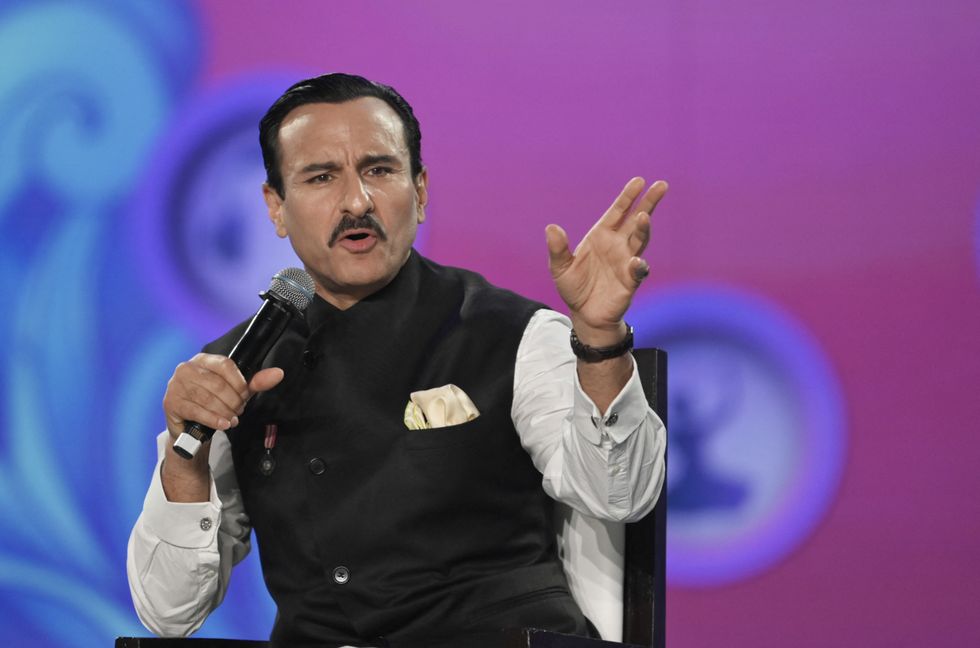 Saif Ali Khan’s royal inheritance in Bhopal declared enemy property after court verdictGetty Images
Saif Ali Khan’s royal inheritance in Bhopal declared enemy property after court verdictGetty Images 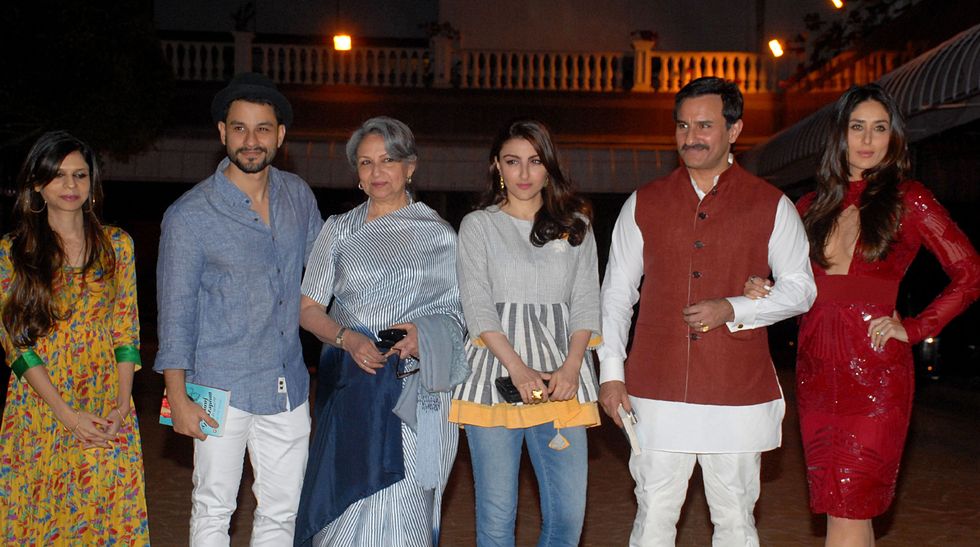 Saif Ali Khan with family Getty Images
Saif Ali Khan with family Getty Images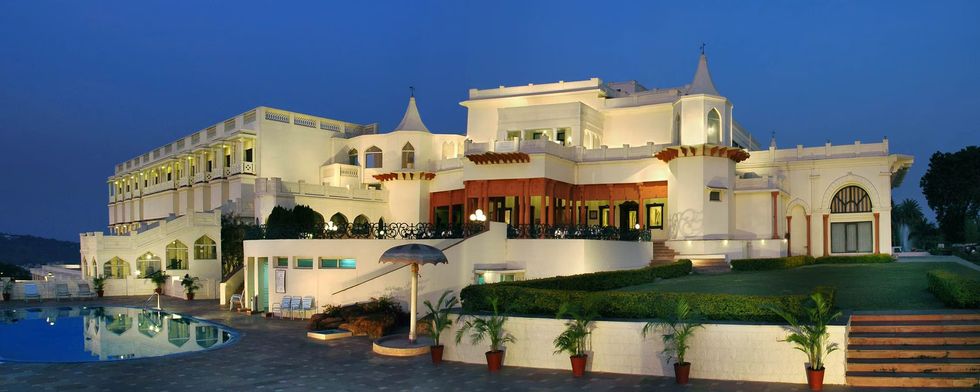 An exterior view of the Noor Us Sabah Palace now listed under enemy property Getty Images
An exterior view of the Noor Us Sabah Palace now listed under enemy property Getty Images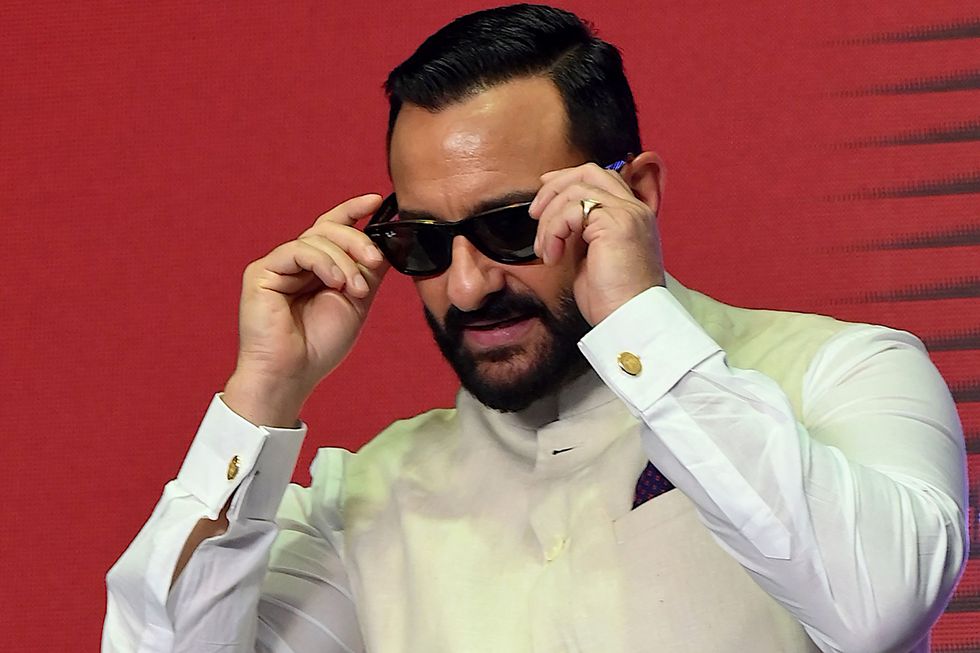 Saif Ali Khan loses claim to Pataudi family properties as court cites Pakistan connectionGetty Images
Saif Ali Khan loses claim to Pataudi family properties as court cites Pakistan connectionGetty Images






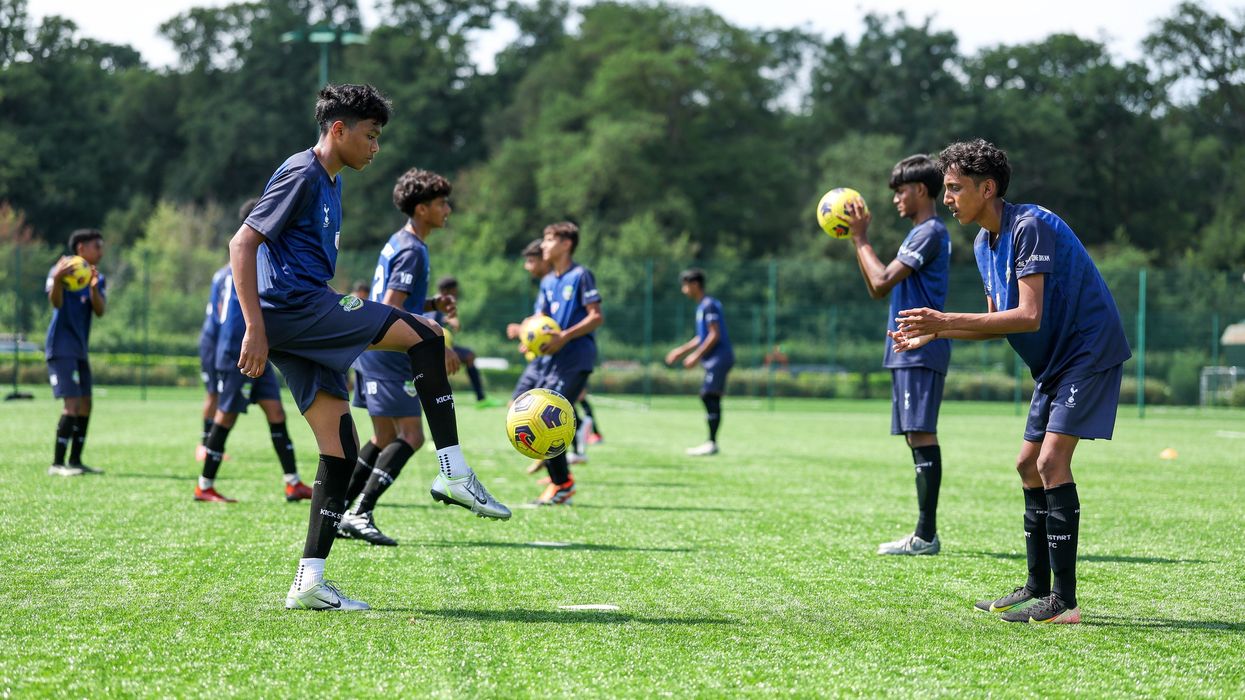

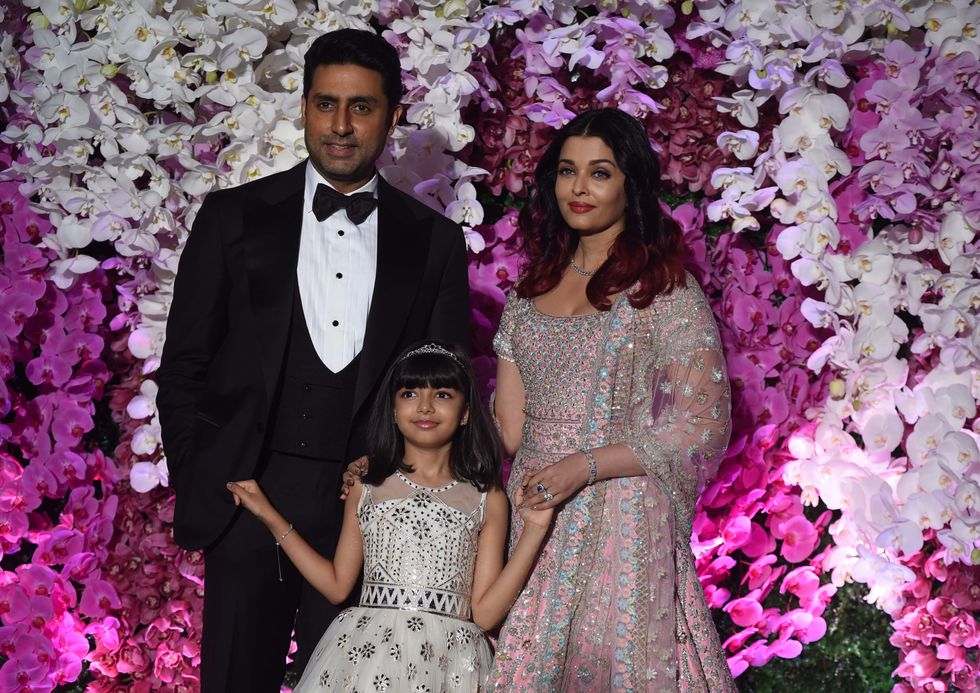 Aaradhya Bachchan has no access to social media or a personal phoneGetty Images
Aaradhya Bachchan has no access to social media or a personal phoneGetty Images  Abhishek Bachchan calls Aishwarya a devoted mother and partnerGetty Images
Abhishek Bachchan calls Aishwarya a devoted mother and partnerGetty Images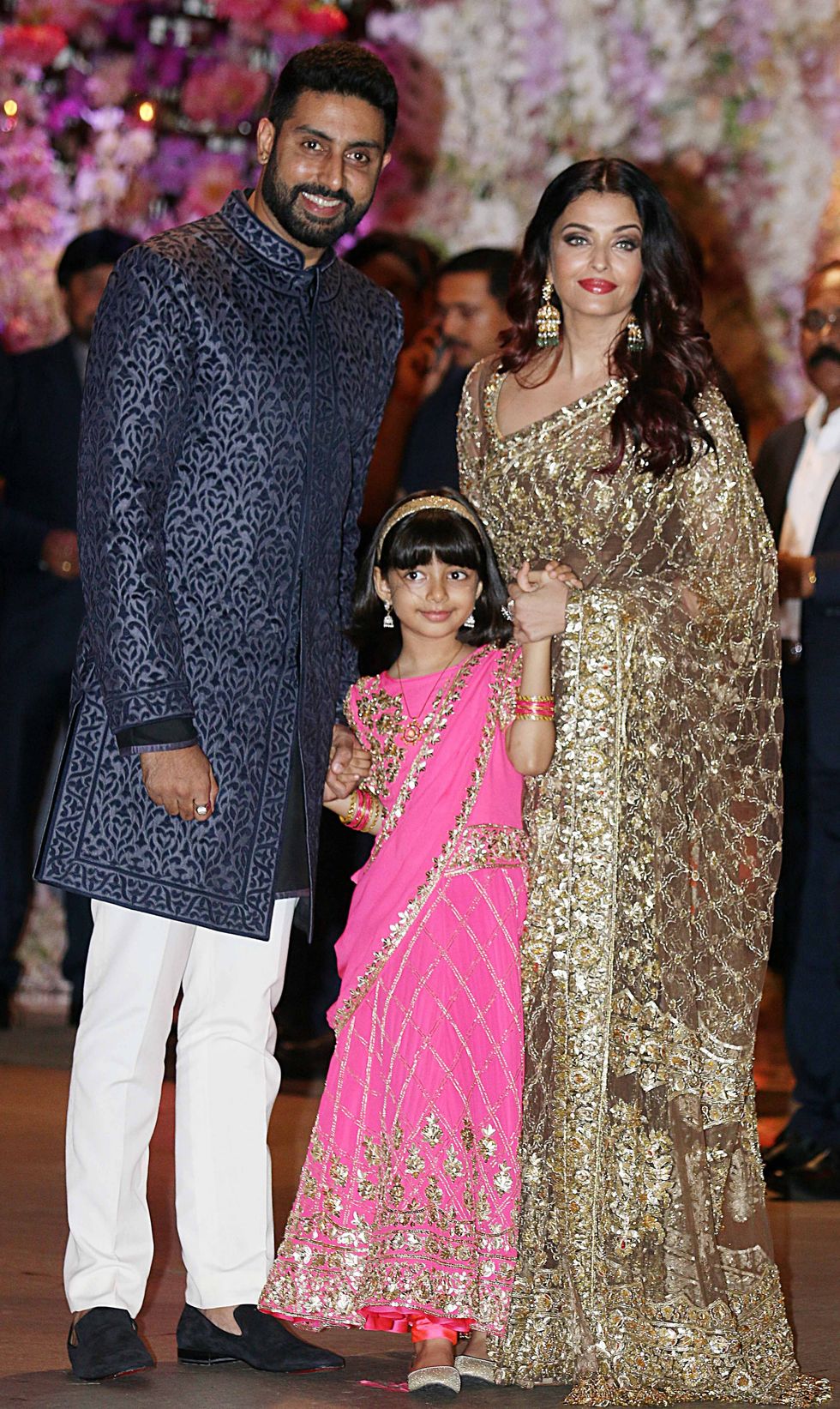 Aaradhya is now taller than Aishwarya says Abhishek in candid interviewGetty Images
Aaradhya is now taller than Aishwarya says Abhishek in candid interviewGetty Images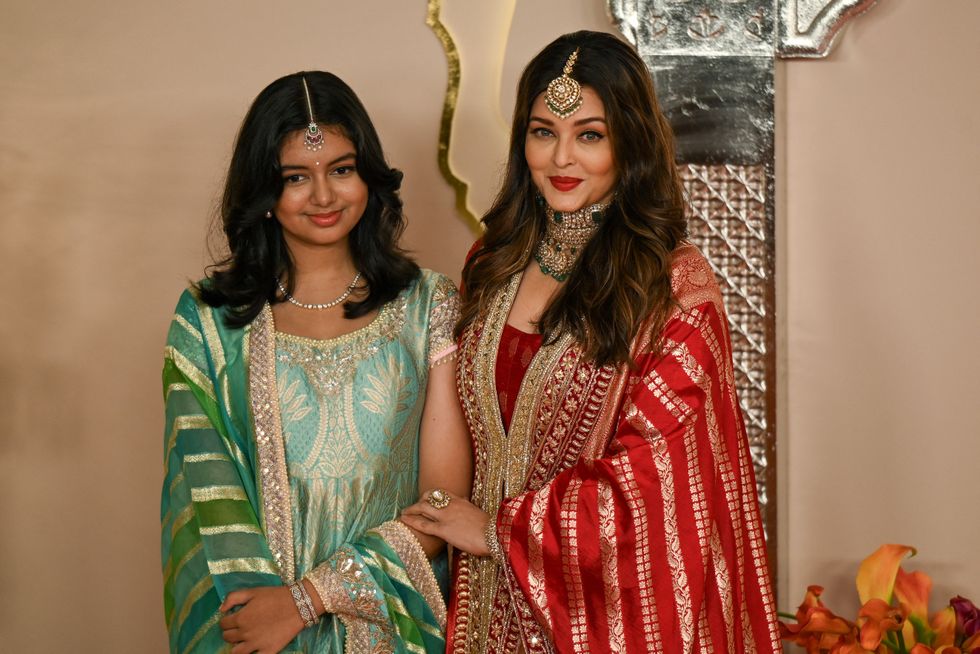 Aishwarya Rai often seen with daughter Aaradhya at public eventsGetty Images
Aishwarya Rai often seen with daughter Aaradhya at public eventsGetty Images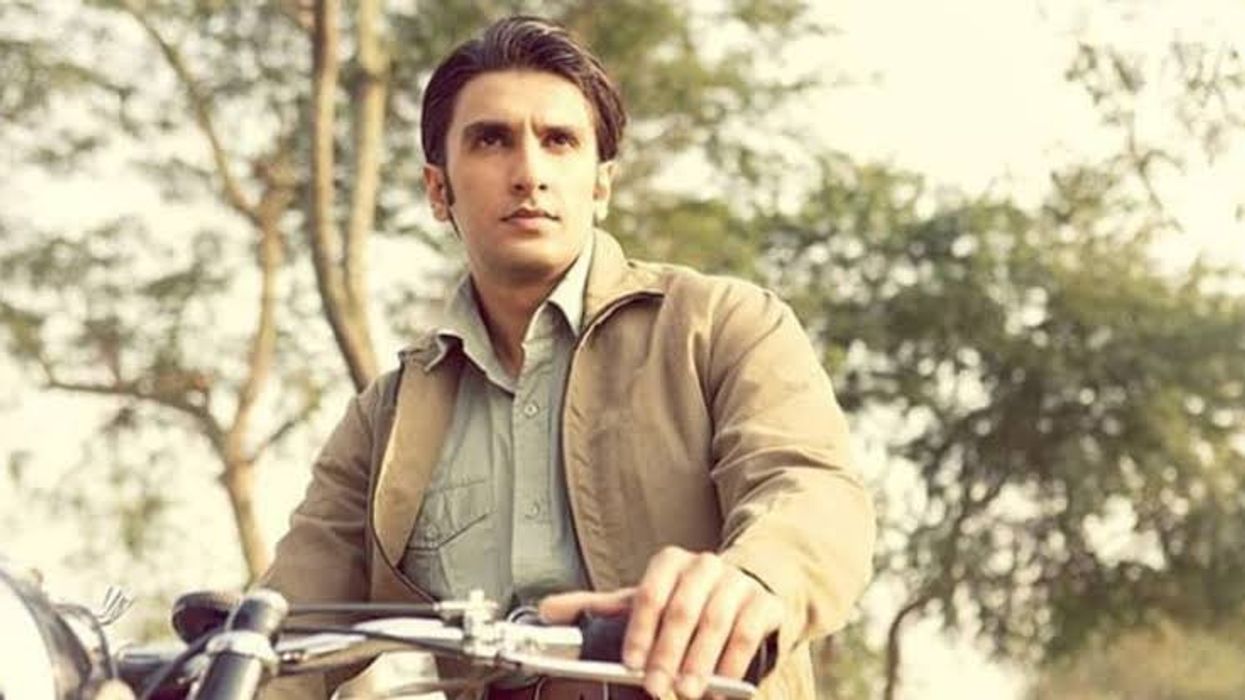
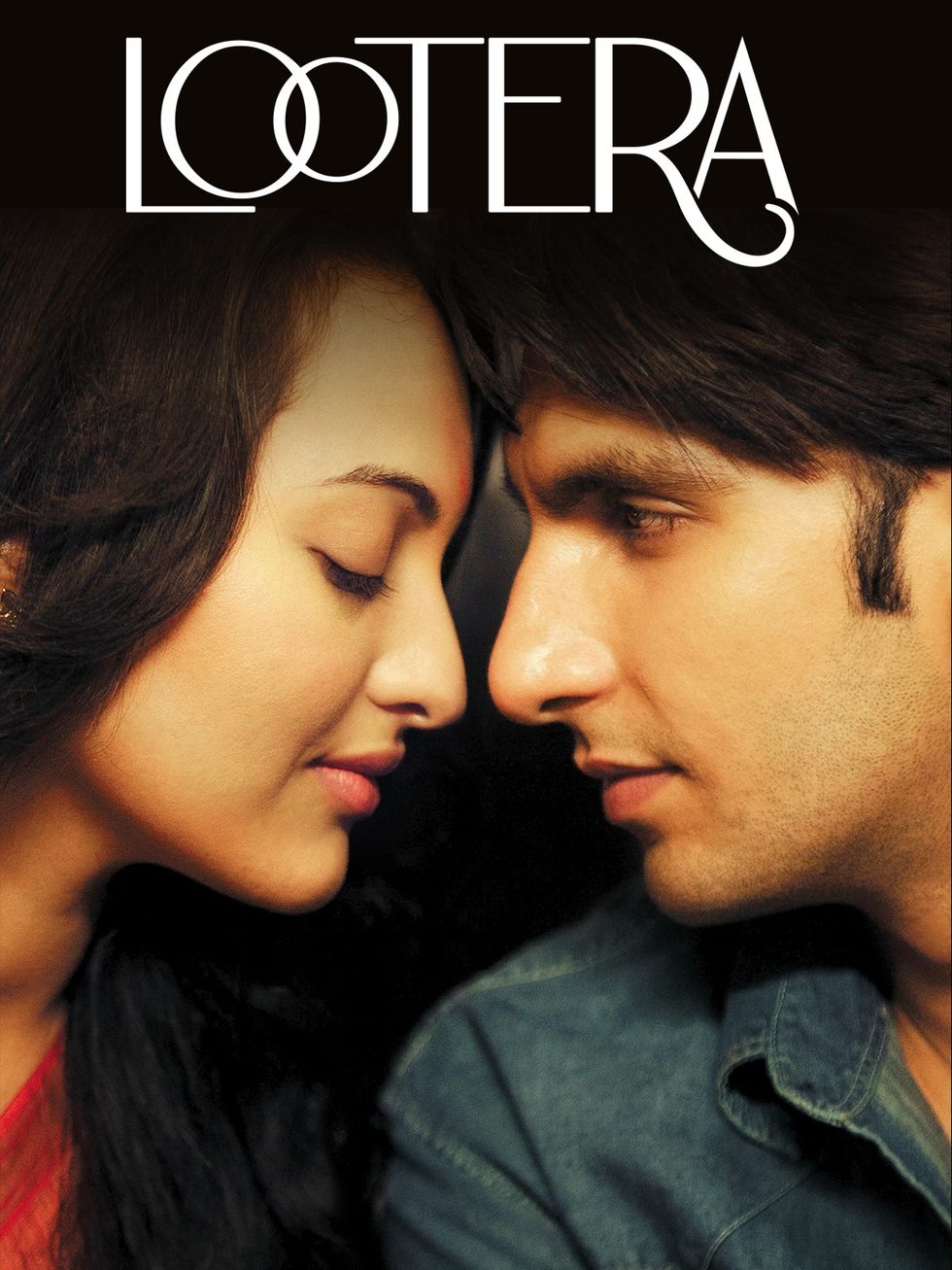 Lootera released in 2013 and marked a stylistic shift for Ranveer Singh Prime Video
Lootera released in 2013 and marked a stylistic shift for Ranveer Singh Prime Video 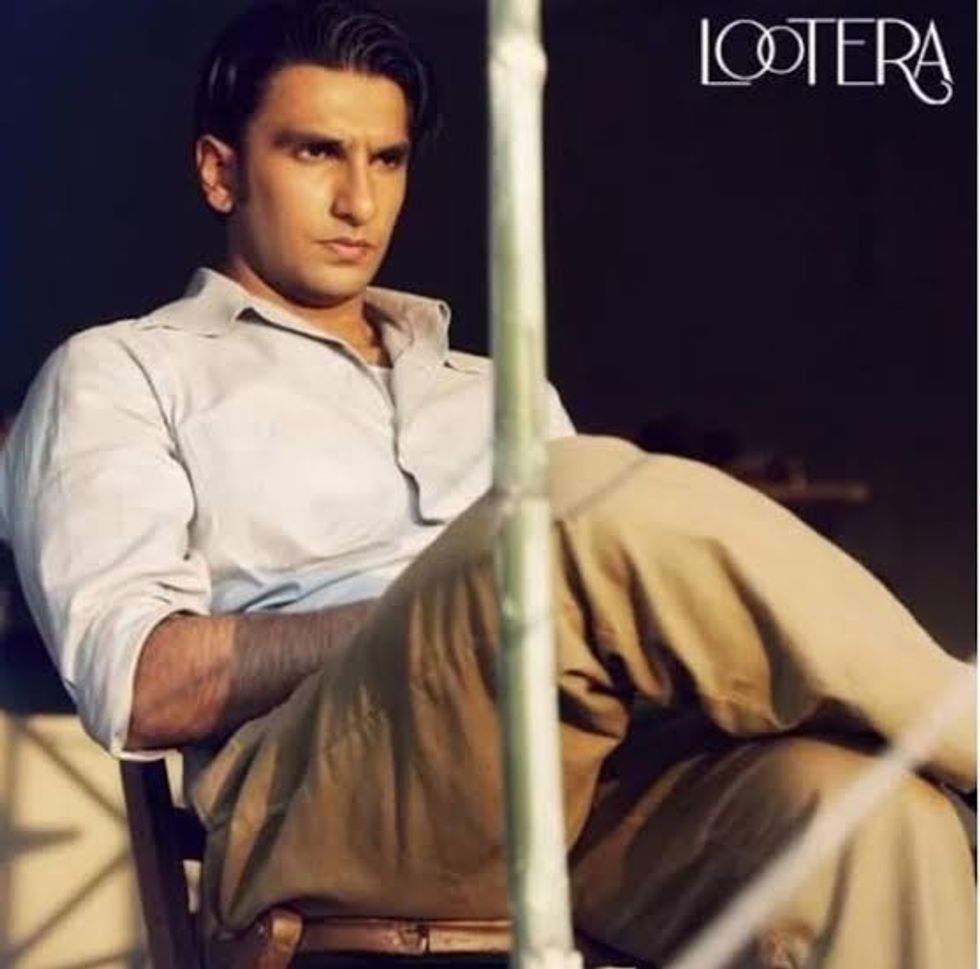 Ranveer Singh’s role as Varun showed he could command the screen without saying much
Ranveer Singh’s role as Varun showed he could command the screen without saying much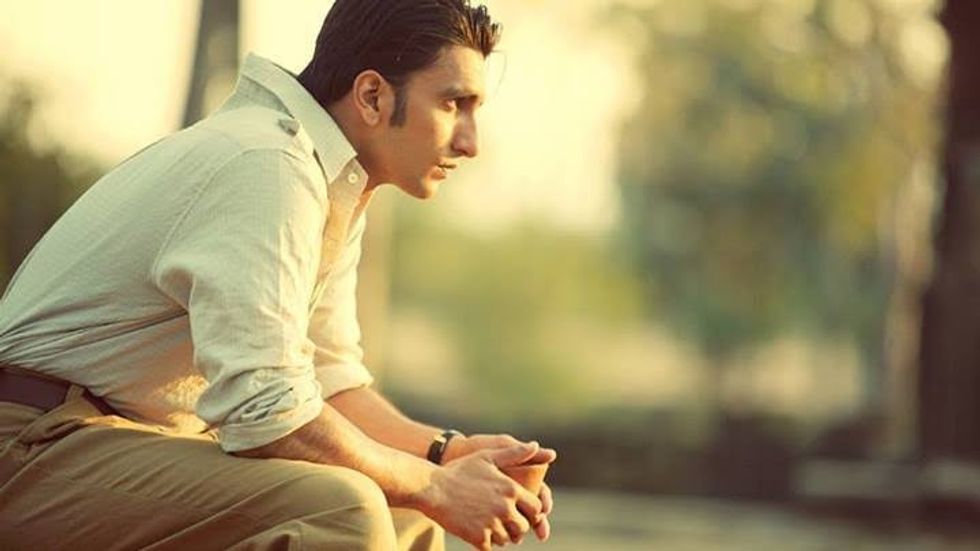 The period romance Lootera became a turning point in Ranveer Singh’s career
The period romance Lootera became a turning point in Ranveer Singh’s career Ranveer Singh’s performance in Lootera was praised for its emotional restraint
Ranveer Singh’s performance in Lootera was praised for its emotional restraint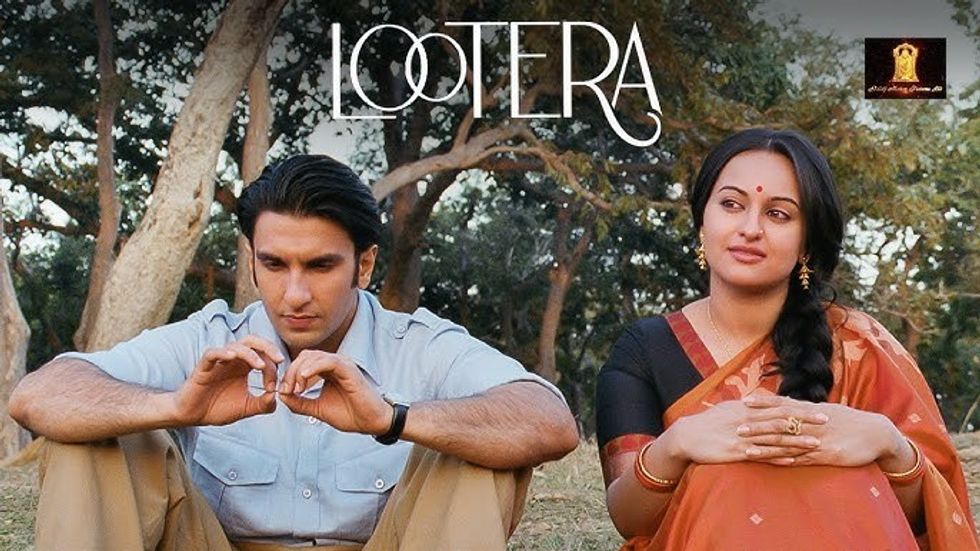 Ranveer Singh and Sonakshi Sinha starred in the romantic drama set in 1950s BengalYoutube/Altt Balaji Motion Pictures
Ranveer Singh and Sonakshi Sinha starred in the romantic drama set in 1950s BengalYoutube/Altt Balaji Motion Pictures 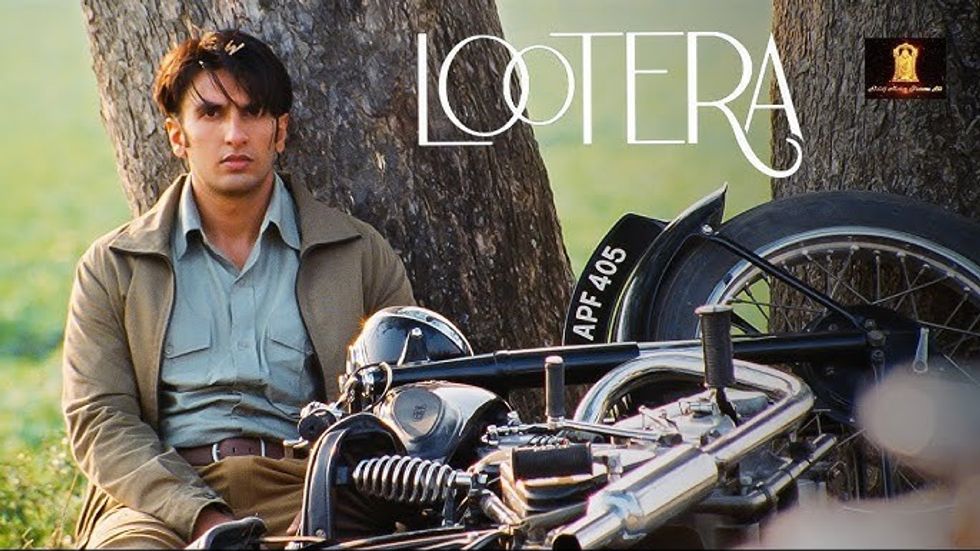 Lootera’s legacy has grown over the years despite its modest box office runYoutube/Altt Balaji Motion Pictures
Lootera’s legacy has grown over the years despite its modest box office runYoutube/Altt Balaji Motion Pictures
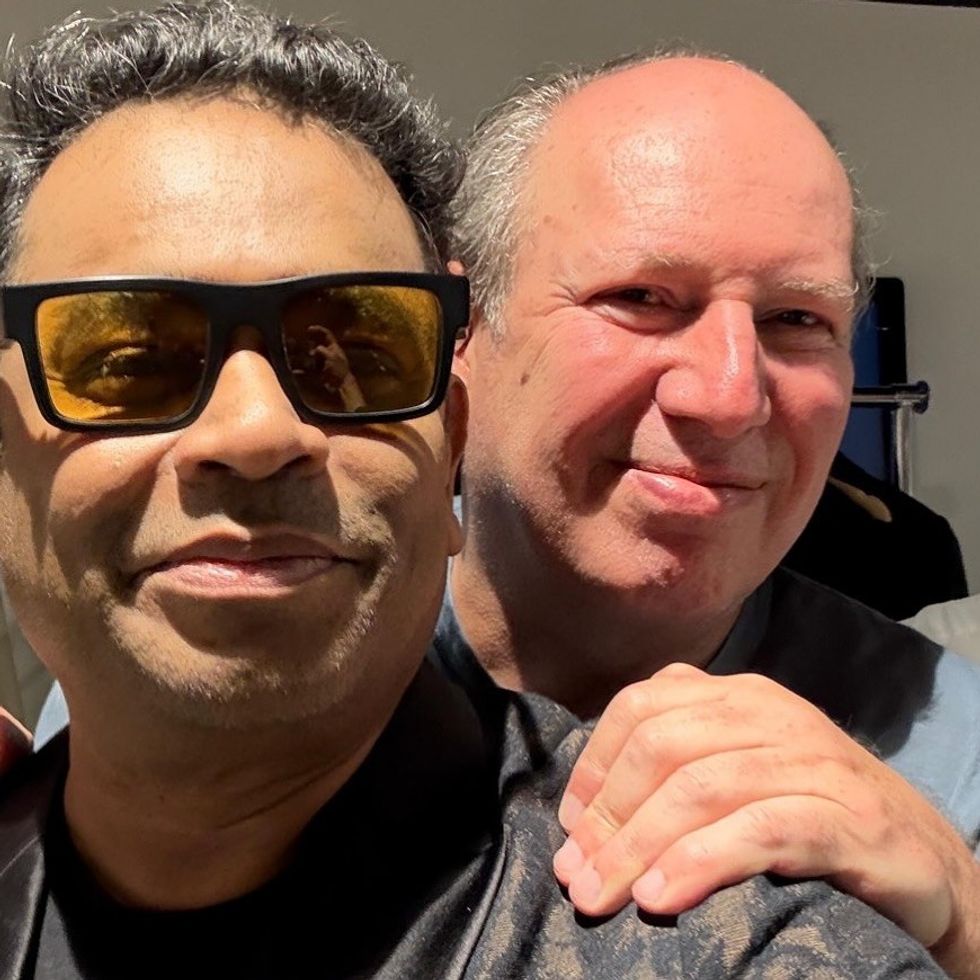 AR Rahman confirms collaboration with Hans Zimmer on InstagramInstagram/
AR Rahman confirms collaboration with Hans Zimmer on InstagramInstagram/
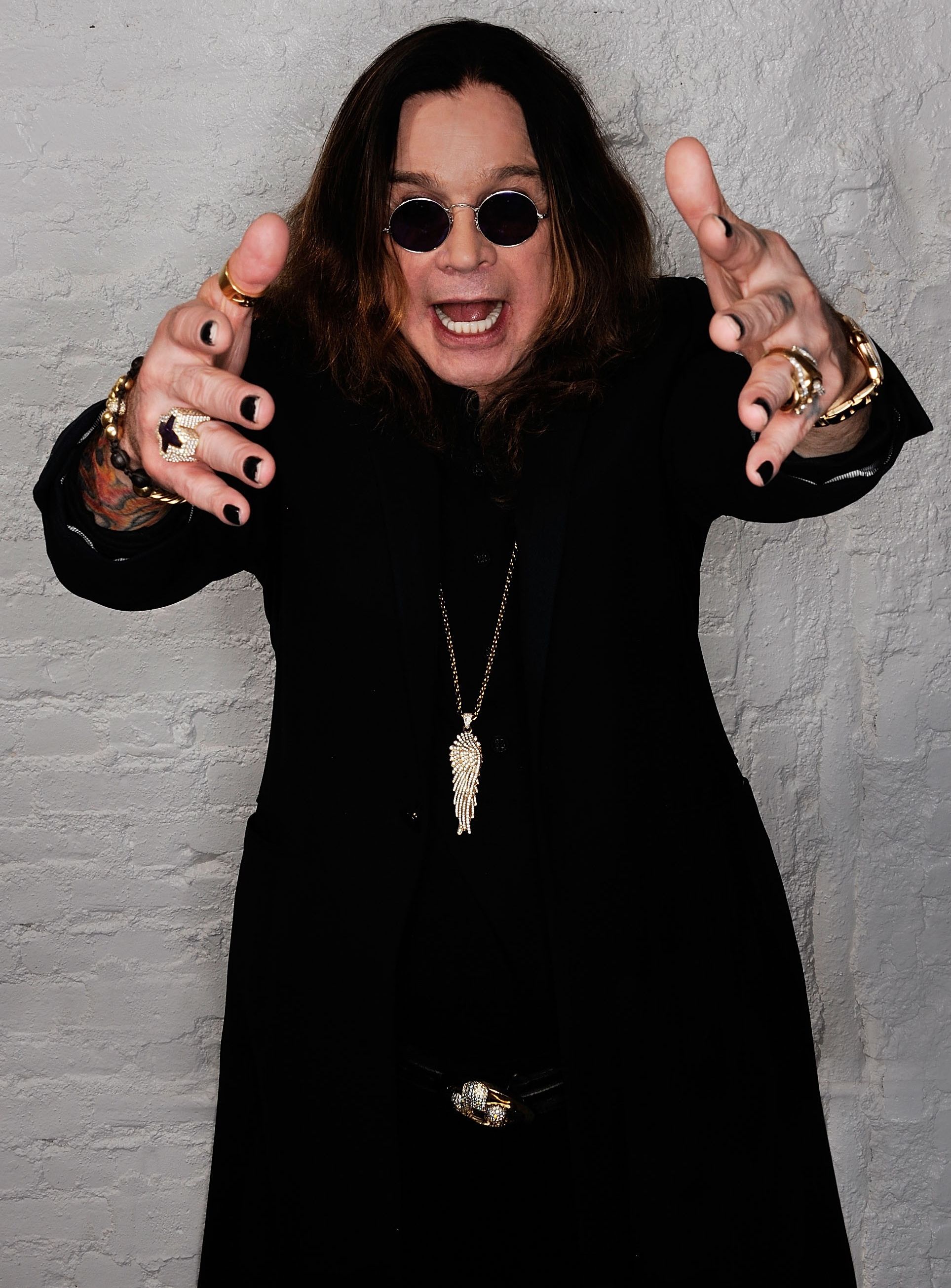 Ozzy Osbourne to perform one final time in BirminghamGetty Images
Ozzy Osbourne to perform one final time in BirminghamGetty Images 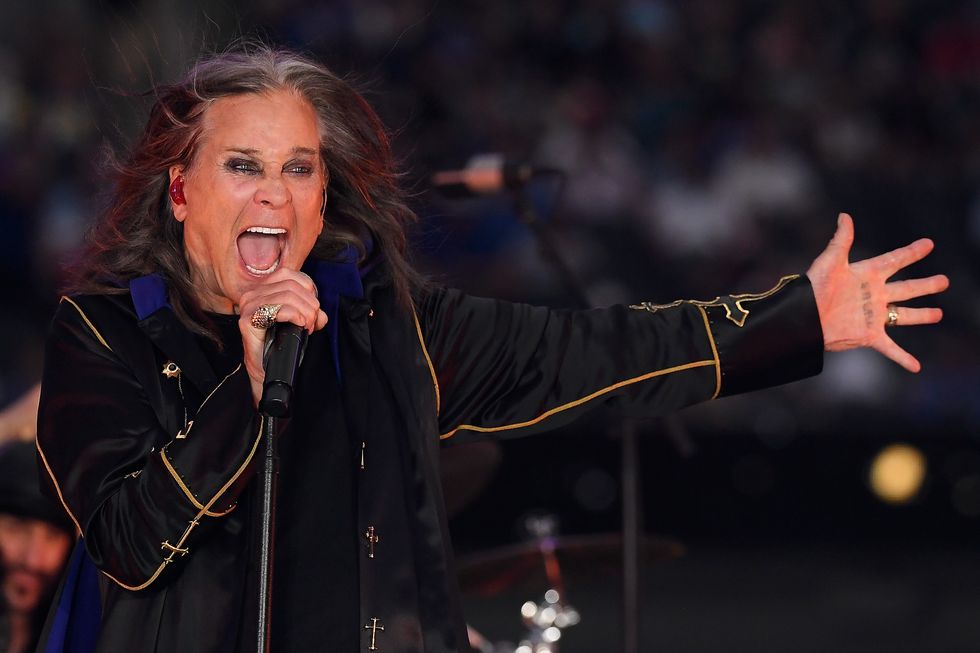 Ozzy Osbourne and Black Sabbath reunite in Birmingham for farewell concert after two decades Getty Images
Ozzy Osbourne and Black Sabbath reunite in Birmingham for farewell concert after two decades Getty Images